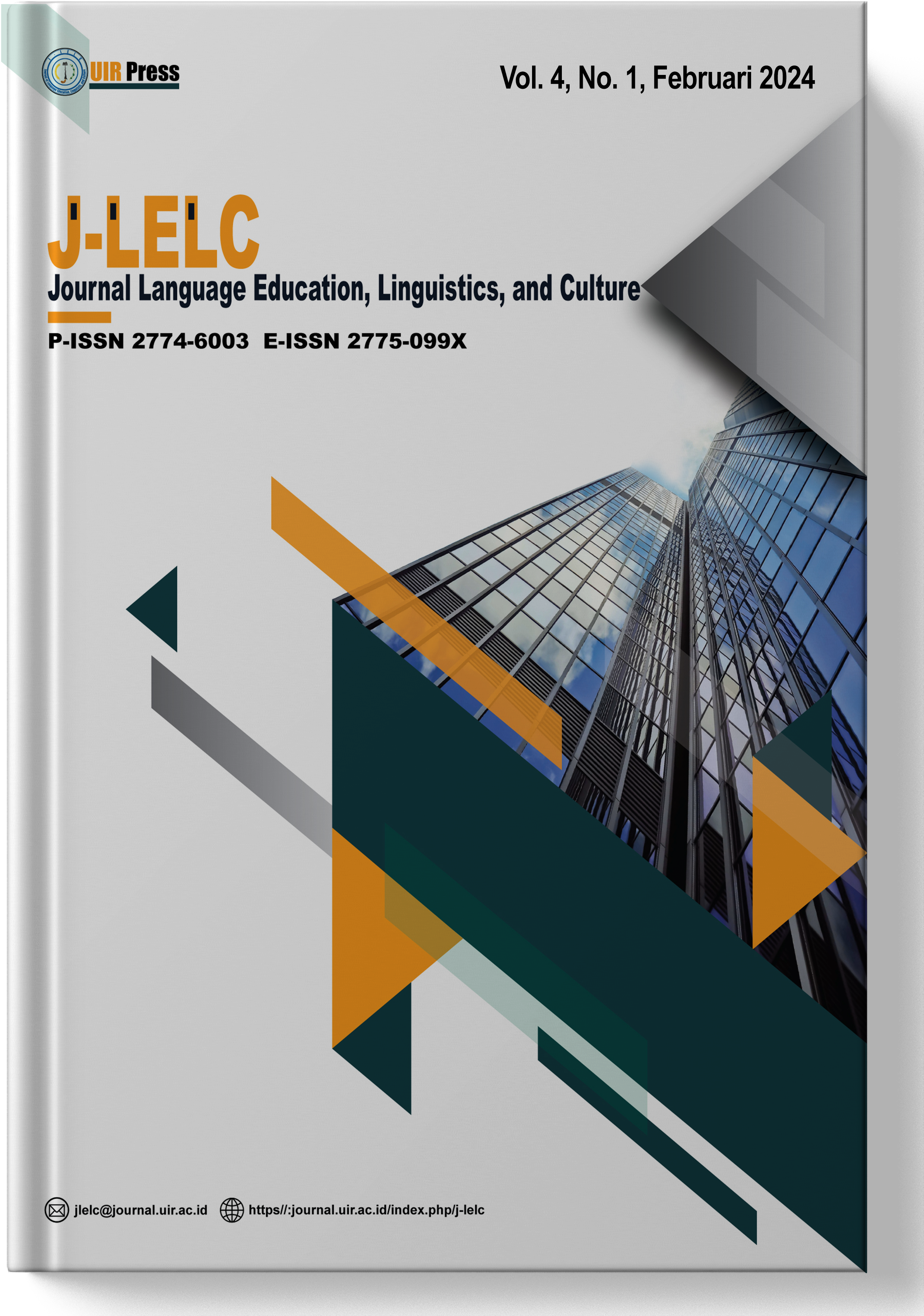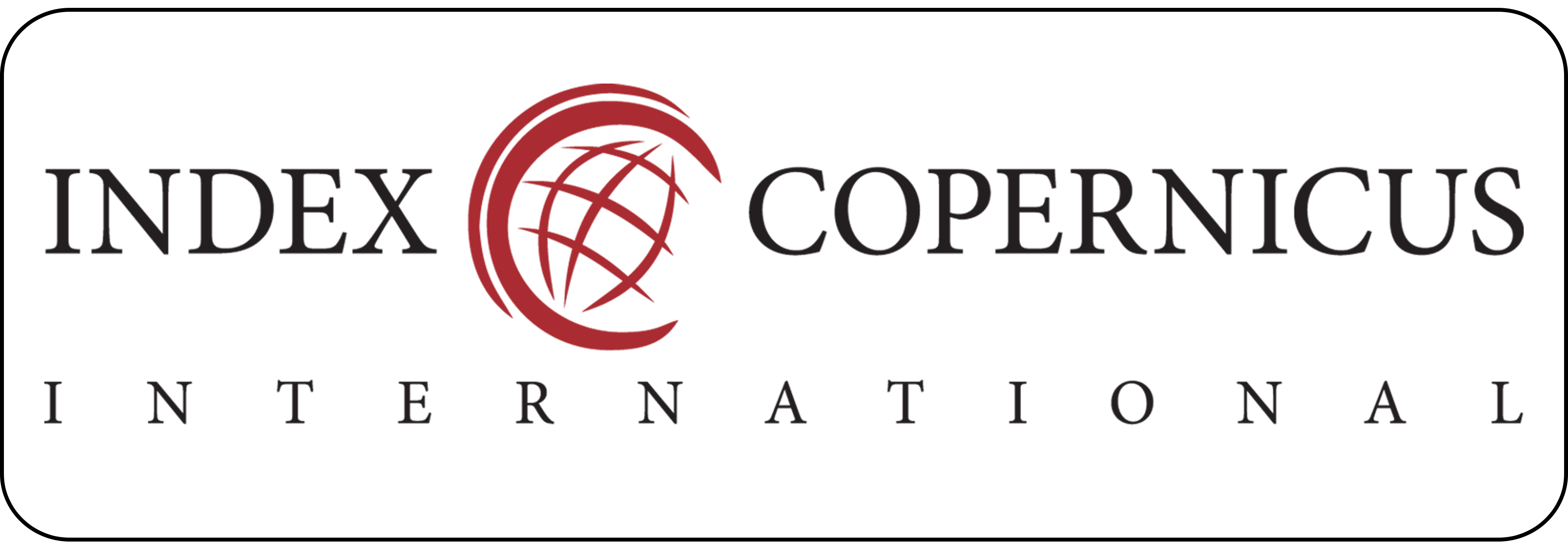Hate Speech in Tiktok Comments in the First Debate of the 2024 Vice Presidential Candidates
DOI:
https://doi.org/10.25299/jlelc.2024.16128Keywords:
Hate Speech, Tiktok, DemocracyAbstract
Hate speech is common on social media today. The advancement of technology is the reason why people pursue the freedom of opinion and the delivery of information that is not necessarily true. This study aims to describe some of the hate speeches that occurred during the 2024 presidential democratic party. More precisely, the researchers took data from netizen comments after the first debate of the 2024 vice president candidate. The method in this research uses qualitative descriptive with a pragmatic approach. The data used is a netizen's comment that contains hate speech on social media tiktok. The data-gathering technique uses logging and documentation. The technique analyzes the data by classifying what kind of hate speech it belongs to after explaining what it means. The results of this study revealed forms of hate speech that were found, among other things, insulting, provoking, and polluting the good name of a 2024 Vice President candidate. Based on the analysis of data on hate speeches on netizen comments on tiktok, researchers found data that was intended to harm a person's good name and honour and could lead to social conflict.
Downloads
References
Ardiansyah, Y. M. (2017). Tindak Tutur Ilokusi Hate Speech (Ujaran Kebencian) Netizen Dalam Kolom Komentar Media Sosial (Instagram Dan Tiktok) Pada Akun Denise Chariesta. Jurnal Peneitian, Pendidikan, Dan Pembelajaran, 7(1), 1–77.
Fadli, M. R. (2021). Memahami desain metode penelitian kualitatif. Humanika, 21(1), 33–54. https://doi.org/10.21831/hum.v21i1.38075
Kusumasari, D., & Arifianto, S. (2020). Makna Teks Ujaran Kebencian Pada Media Sosial. Jurnal Komunikasi, 12(1), 1. https://doi.org/10.24912/jk.v12i1.4045
Laily, F. M., Kurniyah, H. R., & Suryani, Y. (2023). Ujaran Kebencian Pada Kolom Komentar Akun Tiktok Team Mafia Pentol Pusat. Faidatuna, 4(3), 7–19.
Mailani, O., Nuraeni, I., Syakila, S. A., & Lazuardi, J. (2022). Bahasa Sebagai Alat Komunikasi Dalam Kehidupan Manusia. Kampret Journal, 1(1), 1–10. https://doi.org/10.35335/kampret.v1i1.8
Mawarti, S. (2018). Fenomena ujaran kebencian Dampak Ujaran Kebencian. TOLERANSI: Media Ilmiah Komunikasi Umat Beragama, 10(1), 83–95. http://artikata.com
Ningrum, D. J., Suryadi, & Wardhana, D. E. C. (2018). Kajian Ujaran Kebencian Di Media Sosial Dian Junita Ningrum, Suryadi, dan Dian Eka Chandra Wardhana Program. Jurnal Ilmiah Korpus, 2(3), 241–252.
Noviyanti, L. P. E., Iswatiningsih, D., Emi Noviyani, N. M., & Permata Putri, A. F. (2022). Ujaran Kebencian Pada Kolom Komentar Akun Tiktok Dhek’Meycha. LINGUISTIK : Jurnal Bahasa Dan Sastra, 7(2), 138. https://doi.org/10.31604/linguistik.v7i2.138-147
Rahmasari, M. D. (2021). Tindak Tutur Ujaran Kebencian (Hate Speech) Di Akun Instagram Kementerian Kesehatan Republik Indonesia Tentang COVID-19. Jurnal Penelitian, Pendidikan, Dan Pembelajaran, 16 (14).
Suryani, Y., Istianingrum, R., & Hanik, S. U. (2021). Linguistik Forensik Ujaran Kebencian terhadap Artis Aurel Hermansyah di Media Sosial Instagram. BELAJAR BAHASA: Jurnal Ilmiah Program Studi Pendidikan Bahasa Dan Sastra Indonesia, 6(1), 107–118. https://doi.org/10.32528/bb.v6i1.4167
Widyatnyana, K. N., Rasna, I. W., & Putrayasa, I. B. (2023). Analisis Jenis dan Makna Pragmatik Ujaran Kebencian di dalam Media Sosial Twitter. Jurnal Pendidikan Dan Pembelajaran Bahasa Indonesia, 12(1), 68–78.
























